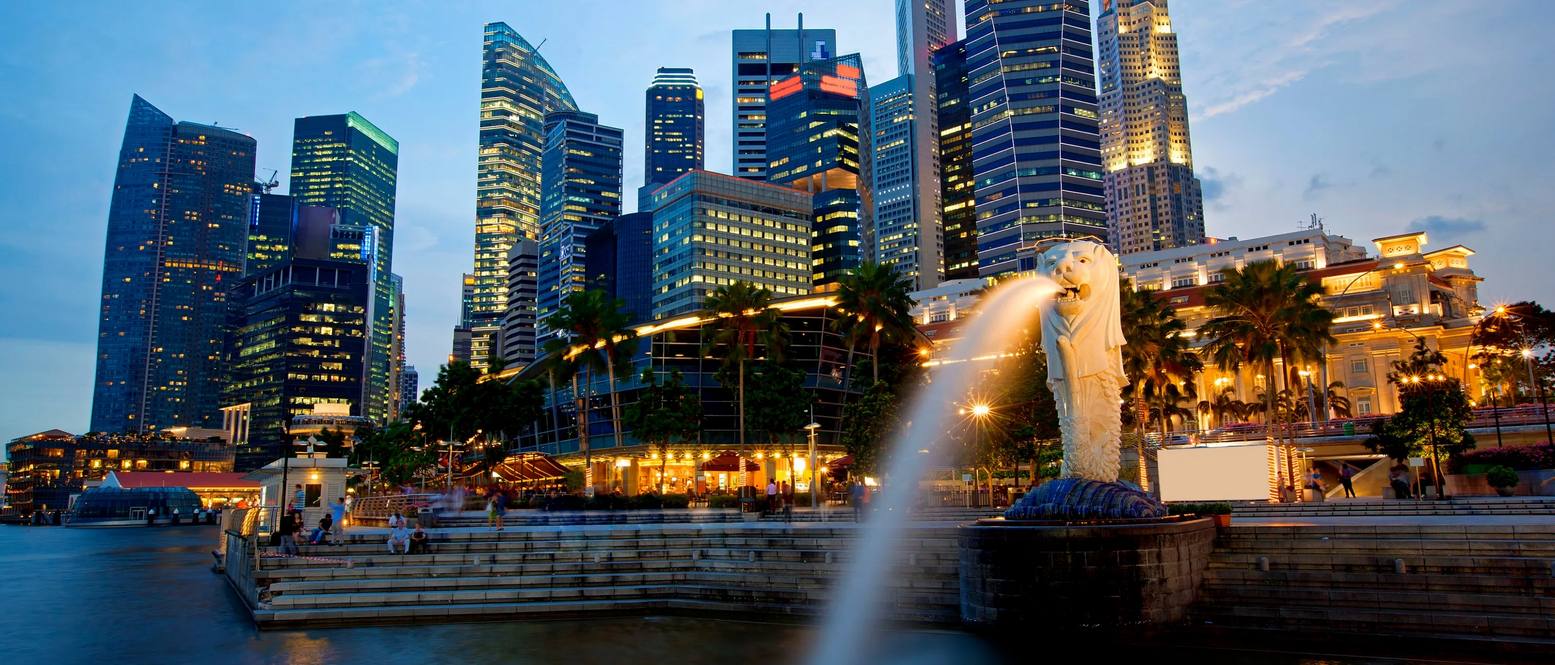
Singapore has been hailed for its quick response to the coronavirus that limited initial infections, but the outlook is shifting. Despite their early success, they will have to revert to a lockdown. Can Singapore’s experience offer any lessons for European and the US policymakers?
RECENT DEVELOPMENTS
Singapore just announced stricter measures designed to limit the viral spread. Authorities instituted a lockdown yesterday that will be effective until at least May 4, when the situation will be reassessed. Schools and non-essential business were closed. In addition, nearly 20,000 foreign workers were placed on quarantine after an increasing number were found to be infected with COVID-19. Fortunately, those workers will continue to be paid. Lastly, new laws against any social gatherings were just passed by parliament.
Singapore’s lockdown became necessary as COVID-19 cases rose sharply this past month. While the total number of cases (1,623 as of today) are small compared to what other nations are seeing, the pace of infection is accelerating. There were 142 new cases today, up from 106 yesterday and 66 Monday. This is the largest daily rise so far and is likely to get worse near-term.
Before the lockdown, Singapore used aggressive measures to test, track, and quarantine. The first coronavirus case in Singapore was confirmed on January 23. On January 27, Singapore advised against any non-essential travel to China. Passengers returning from China were also subject to health and temperature self-monitoring. A day later, stricter quarantine measures were announced for travelers from Hubei province. On January 31, all new visitors with that had traveled to China over the previous two weeks for denied entry. On February 4, the first cases coming from local transmission were reported. Contact tracing was ramped up quickly, which allowed the authorities to locate any possible infections. Those contacts that tested positive for kept in the hospital, while those that tested negative were still kept in strict home quarantine. Technology was used to make sure quarantines were being followed, with harsh penalties for any violations. These measures kept the virus numbers low, but that is no longer the case.
In the US, reports suggest the White House is developing a plan to reopen the US economy sooner rather than later. Details remain sketchy but the plan would somehow involve loosening restrictions in areas that haven’t been hit hard whilst maintaining limits on so-called hot spots like New York and Detroit. This would rely on rapid and extensive testing to identify and isolate any potential outbreaks, allowing non-infected to go back to work and school. NEC head Kudlow said it might begin within the next 4-8 weeks, while another official said it could be within 30 days.
INVESTMENT IMPLICATIONS
If Singapore can’t avoid a shutdown as a small, tightly controlled city-state, what hope does the sprawling US have to succeed? From what we can tell, it will be very difficult for the US and Europe to reopen their economies anytime soon without leading to another surge in infections. However, there might be some intermediary solutions such as the German’s idea of “immunity certificates.” Another option is to gradually let the young population return to work while keeping the elderly in quarantine. Either way, it’s a risky proposition and could easily backfire as the Singapore case suggests.
Singapore’s need to put a lockdown in place suggests that those looking for quick V-shaped global recovery are likely to be disappointed. Singapore’s GDP contracted -10.6% SAAR (-2.2% y/y) in Q1 and its only going to get worse now that the lockdown is in effect. If the current lockdown in Singapore remains in place for April and possibly extended through May, that means Q2 will see even further significant contraction. It’s hard to see this economy returning to “normal” anytime soon. Investors are looking to mainland China for clues, since it was the first to go into lockdown back in Q1. Anecdotal evidence suggests mainland factories are running at 90-95%, but services are still suffering as many are reluctant to go out to eat and spend due to virus concerns.
Full story here Are you the author? Previous post See more for Next postTags: Articles,developed markets,Emerging Markets,newsletter





























